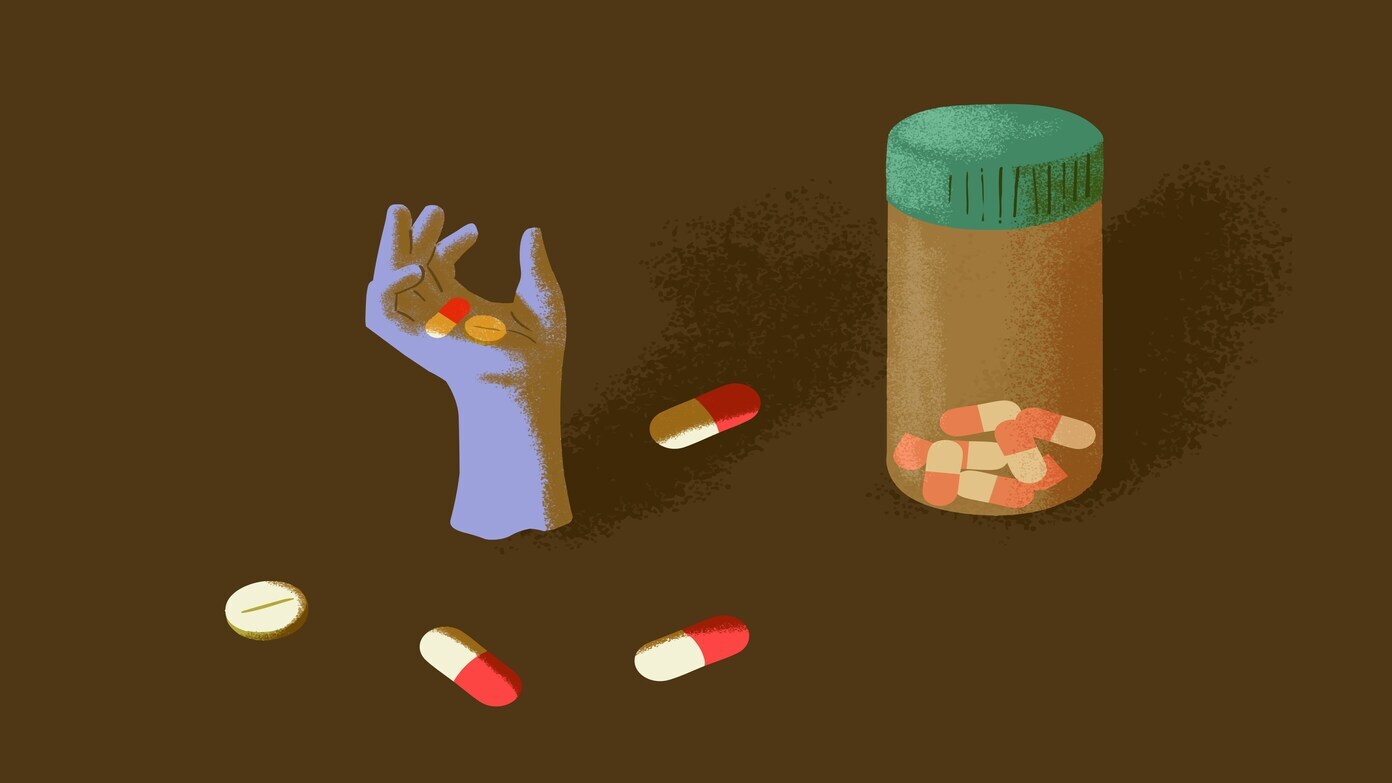A breakthrough on runaway drug costs
For years, Americans have been paying among the world’s highest prices for prescription drugs — often three times what other patients in developed countries pay. But this week, a breakthrough happened. One of the world’s largest drug producers, Pfizer, has made a deal with President Donald Trump’s government to lower prices.
The agreement aims at lowering the amount Medicaid pays for prescription medications to what other wealthy countries pay. It is the first time a big drug company has signed such terms with the U.S. government.
What the agreement involves
As part of the deal, Pfizer will lower prices on medications for Medicaid recipients to the same level it does for other countries. Over 70 million poor Americans are covered by Medicaid, so this would be a big help to many families.
Pfizer also pledged to implement this lower price on all of its new drugs it releases in the U.S. in the future. In exchange, the White House committed to tariff relief, or that Pfizer won’t experience new taxes on most of its products.
Pfizer will invest $70 billion in research, development, and U.S. manufacturing. That pledge has a three-year grace period because its medicines won’t face the threatened 100% tariffs that Trump unveiled last week.
TrumpRx: a new way to buy medicine
Together with this news, the White House launched plans for a new site called TrumpRx, which is due to be released in 2026. The goal is to allow Americans to buy drugs outright, with full price transparency and at global rates.
Trump announced the new system will end an arrangement where Americans pay much more than other countries for the same medications. “The United States is going to stop subsidising the world’s healthcare,” he said.
Read this later: Shutdown risk escalates as Trump slams Democrats.
Which medicines will cost less?
Pfizer said most of its popular drugs will be discounted by thousands of dollars. They are:
- Xeljanz, to treat rheumatoid arthritis, which currently costs over $6,000 a month.
- Zavzpret, for migraines.
- Eucrisa, to treat dermatitis.
- Duavee, for menopausal osteoporosis.
- Discounts will be around 50% on average, up to 85% on some drugs.
Why did Wall Street have a positive reaction?
Quite unexpectedly, Pfizer shares jumped more than 6% on the news, and other pharmaceutical company shares also rose. At first glance, that may seem counterintuitive — wouldn’t lower prices eat into profits?
But investors were reassured by the fact that the deal only applies to Medicaid, which already is getting deep discounts. Because Medicare — a much larger government medical programme for the elderly and disabled — is not involved, the financial impact on drugmakers is limited for now.
Analysts say that since Medicaid drug spending is smaller compared to Medicare, this deal will not cut drugmakers’ overall profits much. That is why the stock market reacted favourably.
Read this later: Powell: “It’s a challenging situation” with job market and inflation pressuring Fed.
What’s next?
The new Medicaid pharmacy prices will take effect in 2026. The deal is on a “most-favored-nation” basis, so the US price will equal the lowest cost of eight other high-income nations after deducting fees and rebates.
While this shift is welcome for tens of millions of low-income Americans, it does not yet extend to Medicare patients. Medicare’s drug bill is much larger — an estimated $216 billion in 2021, vs. $80 billion for Medicaid — so applying such pricing to Medicare would have an even greater effect.
But health advocates hail this deal as an important first step. If others follow, it will begin to reshape the way Americans pay for medicine.
Why it matters to patients
Prescription medicine is often one of the biggest expenses for American families with chronic illnesses. Even for patients with insurance, many have to shell out large co-pays or can’t afford to buy life-saving drugs.
Pfizer’s move — and the Trump administration‘s arm-twisting — shows that the debate over drug prices is shifting. For now, patients on Medicaid will get in line first, but subsequent agreements have the potential to include more.
Read this later: What are the new H-1B rules that President Donald Trump has announced

